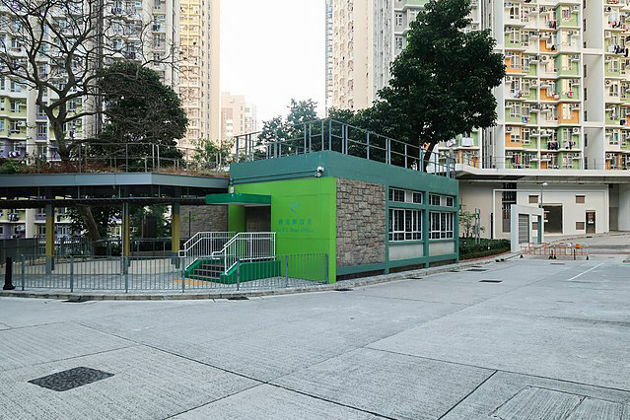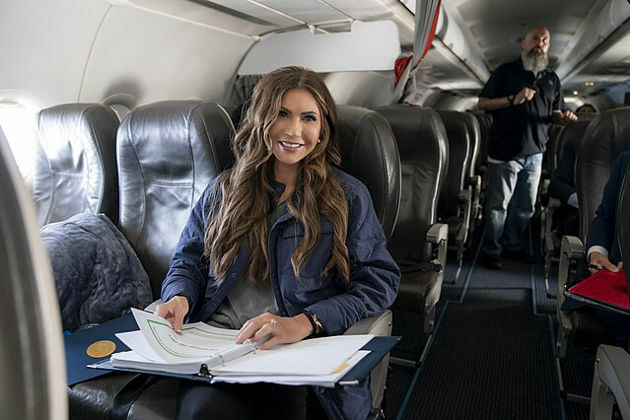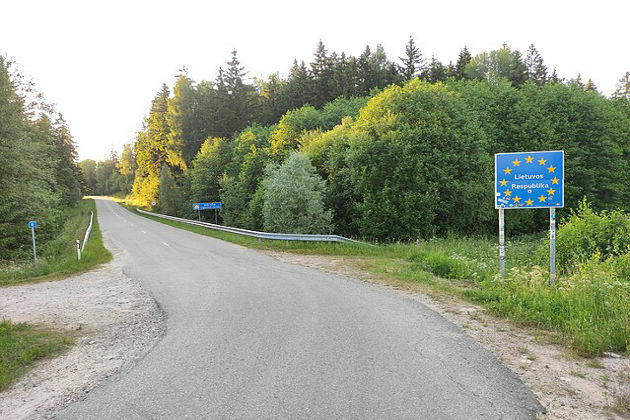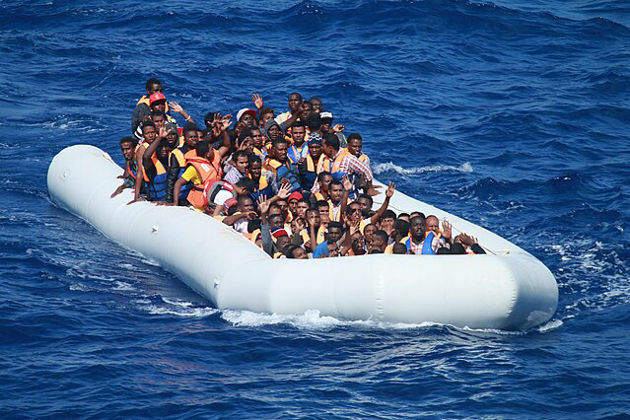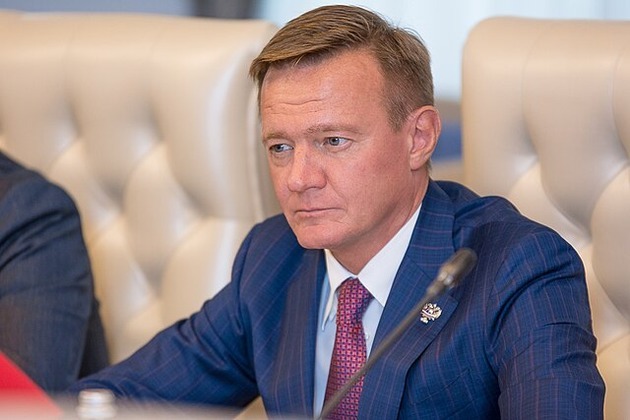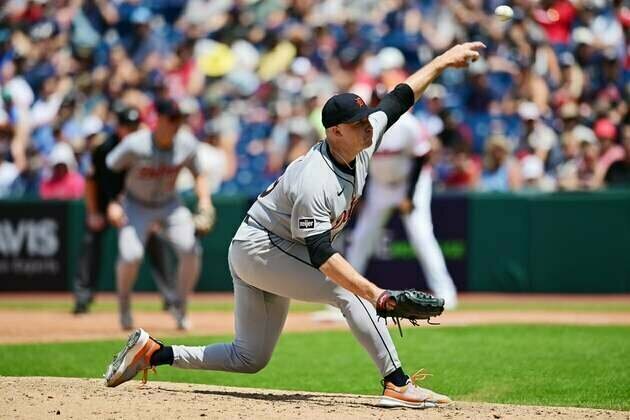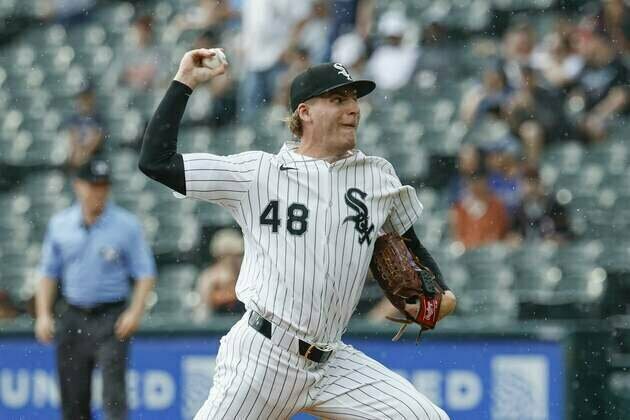The demand for luxury shellfish is polluting the ocean with plastic
The Conversation
14 Aug 2019, 04:00 GMT+10
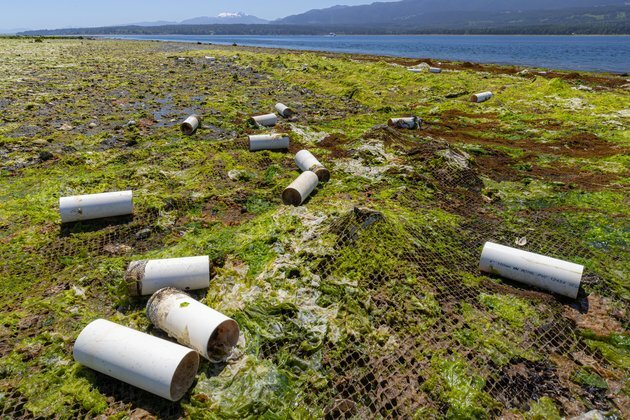
The federal government has taken action recently to reduce the amount of plastic waste found on land and in oceans, rivers and lakes.
In June, for example, it said it would ban single-use plastics by 2021. "It is tough to explain to your children why dead whales are washing up on our beaches with their stomachs jammed packed with plastic bags," Prime Minister Justin Trudeau commented at the time.
Despite this progress, one of the main plastic polluters - shellfish aquaculture - continues to threaten marine ecosystems.
Coastal British Columbia is rugged and jagged. Its drowned fjords are home to wild salmon and the ecosystems that depend on them. Tucked away between Vancouver and Denman islands is Baynes Sound, a serene inland sea, home to sea mammals, globally important duck and bird populations, and a biological diversity unmatched along our coast.
So unique is this ecosystem that, 20 years ago, the Department of Fisheries and Oceans (DFO) recommended regions within this area be set aside as protected areas.
Threats to the sound include increased tourism, urbanization and an-as-yet-unregulated seaweed harvest. The greatest threat, however, is an expanding shellfish industry that provides a continual source of plastics to the sound.
Shellfish aquaculture
For the past 14 years, community beach cleanups have measured the plastic in Baynes Sound. An astonishing four to six tonnes of plastic debris, including anti-predator netting, plastics trays, ropes and styrofoam, is collected from the beaches annually. Now polyvinyl chloride (PVC) piping, used for the farming of geoducks is also being washed ashore.
In 2017, the DFO gave the West Coast shellfish industry a green light to expand its farming practices to include the lucrative geoduck, a luxury protein used in sashimi, to meet the demand from Hong Kong and the rest of China.
Geoducks (pronounced "gooey ducks") are large salt-water clams, found naturally along the Pacific coast. Sales of farmed geoduck to this select market netted close to $56 million in 2017.
Farming them involves placing juvenile geoducks into rows and rows of 18-inch long segments of PVC piping, planted vertically into the intertidal sediments, at a density of one pipe per square foot. Nets are secured with elastic bands over the pipe to protect the immature geoduck.
But the pipes become loose within days, especially after storm events, and the beach becomes littered with the plastic netting, elastics and pipes. Wave action and ultraviolet light from the sun degrade the pipes, creating fragments and then microplastics (items smaller than five millimetres in diametre) that further pollute the marine environment.
Ecosystem and health impacts
PVC is one of the most common plastic polymers in use, and its breakdown can damage ecosystem and human health.
The particles may harm invertebrates, fish, seabirds and other organisms that consume them. The chemicals in the plastic debris, including plasticizers, phthalates, flame retardants and stabilizers, can leach out of particles and have the potential to harm marine organisms. Finally, the pipe fragments can also act as a substrate, providing pathogenic marine organisms and parasites in near-shore environments with a place to grow and multiply.
"Canadians know first-hand the impacts of plastic pollution, and are tired of seeing their beaches, parks, streets and shorelines littered with plastic waste," Trudeau said in a statement after he announced the single-use plastics ban.
So, why the paradox?
The government says it's intent on protecting at least 10 per cent of our coastal ecosystems and reducing the threat of plastics to our marine environments. Yet the industry, which is managed by our federal government, has been given permission to introduce hazardous plastics into one of B.C.'s most sensitive ecosystems.
The ban on plastic holds consumers accountable. It targets their behaviour and will force change. But this is only part of the problem.
The other part of the problem is the industry practice of discharging dangerous plastics into sensitive ecosystems. Government is regulating a change in consumer behaviour. Why not do the same for industry?
If the government's goal is to protect these sensitive marine ecosystems, it needs to stop the flow of plastics from industrial sources including the unregulated shellfish industry. The economic gain of farming sashimi for a select market is not worth the environmental cost.
Shelley McKeachie, a founding member, past chair and director of the Association for Denman Island Marine Stewards, co-authored this article.
[ Like what you've read? Want more? Sign up for The Conversation's daily newsletter. ]
Author: Leah Bendell - Professor of Marine Conservation and Ecotoxicology, Simon Fraser University 
 Share
Share
 Tweet
Tweet
 Share
Share
 Flip
Flip
 Email
Email
Watch latest videos
Subscribe and Follow
Get a daily dose of BC Post news through our daily email, its complimentary and keeps you fully up to date with world and business news as well.
News RELEASES
Publish news of your business, community or sports group, personnel appointments, major event and more by submitting a news release to BC Post.
More InformationInternational
SectionFaulty IT system at heart of UK Post Office scandal, says report
LONDON, U.K.: At least 13 people are believed to have taken their own lives as a result of the U.K.'s Post Office scandal, in which...
Travelers can now keep shoes on at TSA checkpoints
WASHINGTON, D.C.: Travelers at U.S. airports will no longer need to remove their shoes during security screenings, Department of Homeland...
Rubio impersonator used AI to reach officials via Signal: cable
WASHINGTON, D.C.: An elaborate impersonation scheme involving artificial intelligence targeted senior U.S. and foreign officials in...
Warsaw responds to migration pressure with new border controls
SLUBICE, Poland: Poland reinstated border controls with Germany and Lithuania on July 7, following Germany's earlier reintroduction...
Deadly July 4 flash floods renew alarm over NWS staffing shortages
WASHINGTON, D.C.: After months of warnings from former federal officials and weather experts, the deadly flash floods that struck the...
Putin fires transport chief, later found dead in suspected suicide
MOSCOW, Russia: Just hours after his sudden dismissal by President Vladimir Putin, Russia's former transport minister, Roman Starovoit,...
Sports
SectionTigers All-Star Tarik Skubal opens series vs. Mariners
(Photo credit: Ken Blaze-Imagn Images) Tarik Skubal had his final start before the All-Star break moved up. The Seattle Mariners...
Yankees enter series with Cubs on high after comeback win
(Photo credit: Matt Marton-Imagn Images) Pete Crow-Armstrong enters his first trip to Yankee Stadium as a member of the 25-25 club...
Fernando Tatis Jr., Manny Machado power Padres past D-backs
(Photo credit: Denis Poroy-Imagn Images) Fernando Tatis Jr. and Manny Machado each homered as the San Diego Padres beat the visiting...
Seven-run inning propels Rangers past Angels
(Photo credit: Jayne Kamin-Oncea-Imagn Images) Marcus Semien went 4-for-5 with an RBI and three runs scored and Adolis Garcia homered...
Tyler Soderstrom's 4 RBIs lead A's past Braves in 11
(Photo credit: Sergio Estrada-Imagn Images) Tyler Soderstrom hit a three-run homer early and concluded the contest with a walk-off...
White Sox, Guardians ready for split doubleheader after postponement
(Photo credit: Kamil Krzaczynski-Imagn Images) Kyle Manzardo was slated to bat cleanup and play first base for the Cleveland Guardians...

